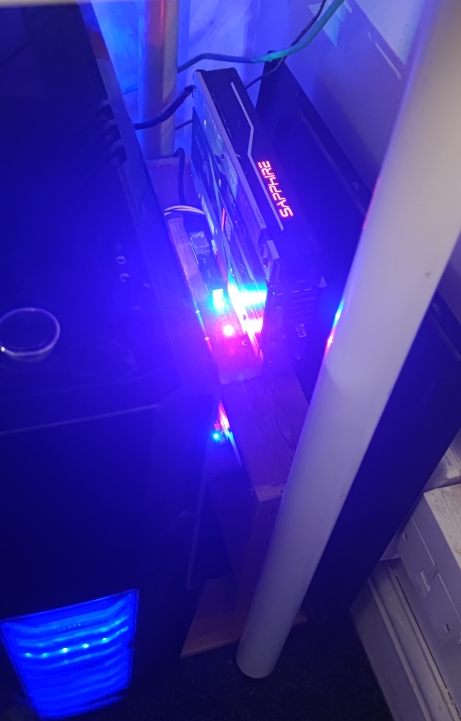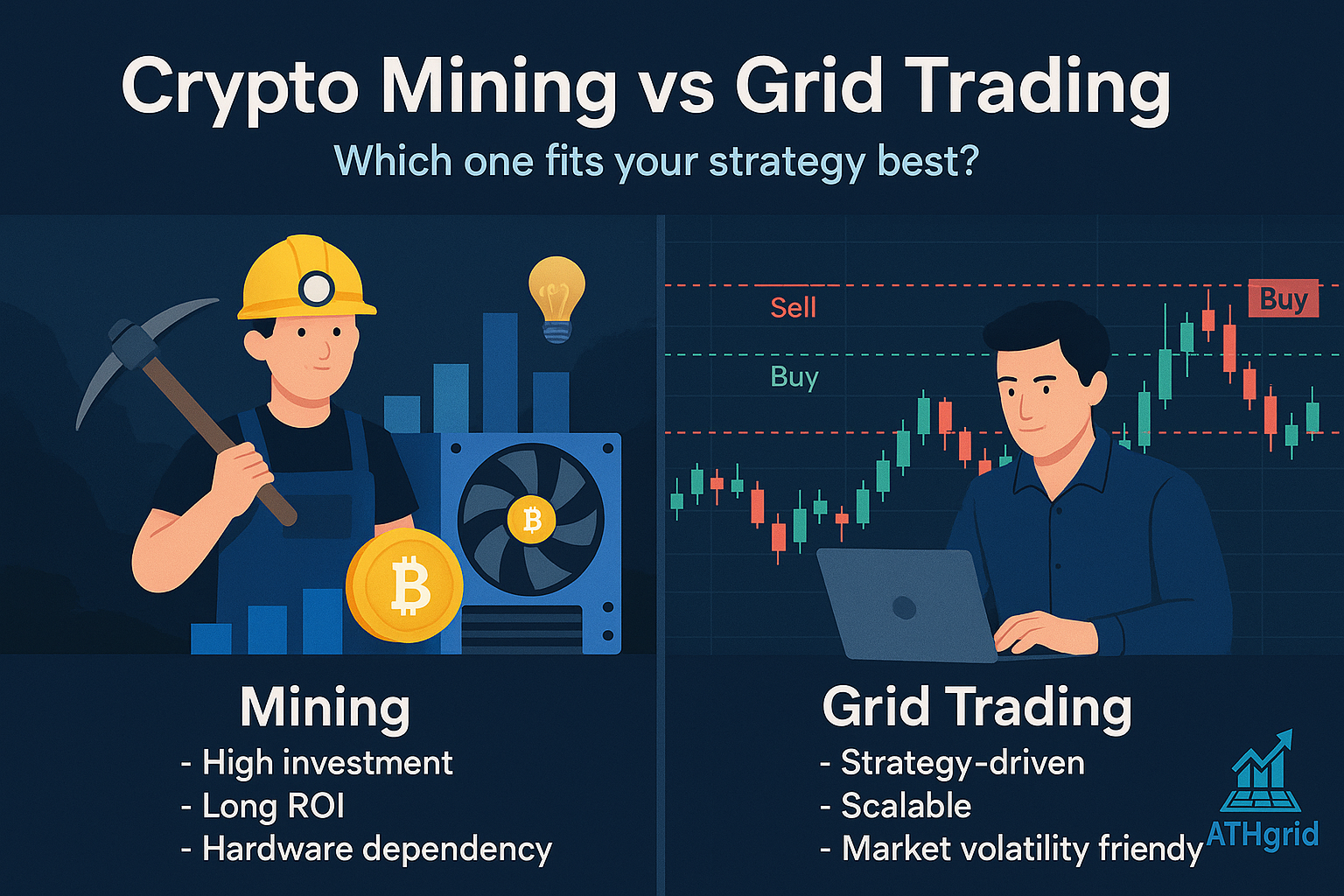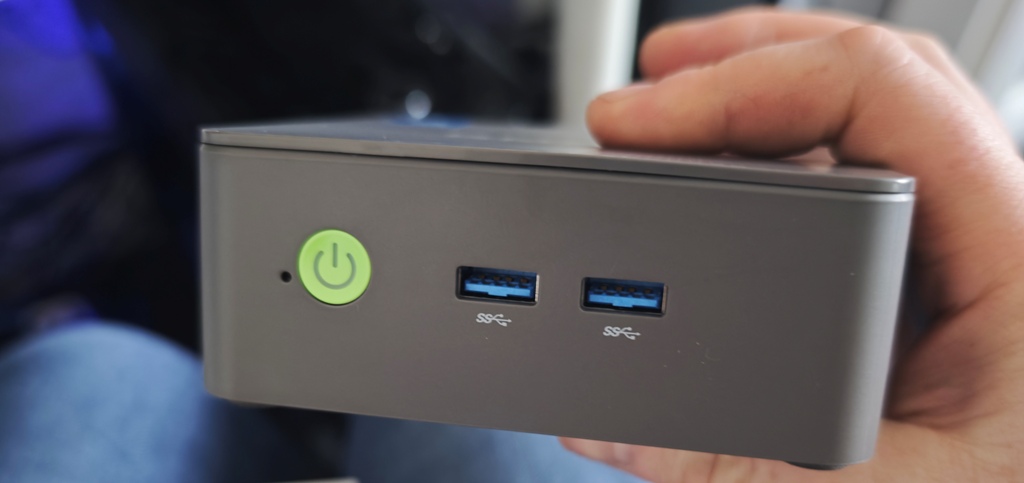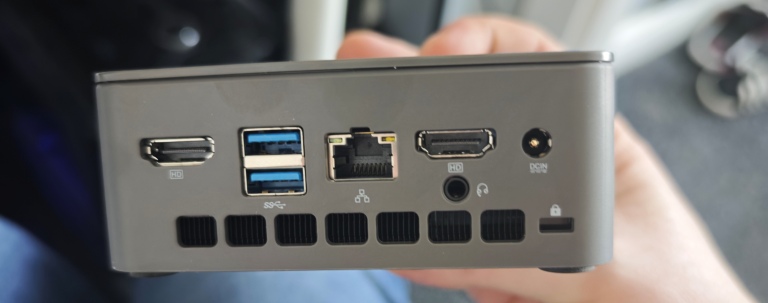Crypto Mining vs. Grid Trading: How I Turned My Bot into a USDC Miner
Crypto Mining vs. Grid Trading
My journey into the world of crypto began not with a trade, but with the distinct hum of a GPU fan. I still remember the excitement of assembling my first amateur rig, carefully optimized to mine Ethereum. It was a modest setup, but it worked, steadily adding ETH to my wallet. It felt like magic.

The Day the Mining Died: When ETH Moved to Proof-of-Stake
Unfortunately, that era came to an abrupt end. When Ethereum transitioned from Proof-of-Work (PoW) to Proof-of-Stake (PoS), GPU mining profitability plummeted overnight.
Mining other coins wasn’t a viable alternative; their value was too low to cover the soaring electricity costs. The constant need for expensive hardware upgrades was another nail in the coffin. My physical mining operation was over, and I had to find a new way to stay active in the market.
That’s when my journey into trading began, which eventually led me to discover the power of Grid Trading.
The “Aha!” Moment: Grid Trading is the New Mining
After analyzing the mechanics, I had a revelation. What if we could think of a Grid Trading strategy as a new, more efficient form of mining? A “digital mining rig” that doesn’t mine volatile coins, but stablecoins like USDC.
The analogy is surprisingly perfect:
- The “Hardware Cost” is Your Trading Deposit: The initial capital you allocate to a grid strategy is your one-time “investment in the rig.” This is the principal that will work for you.
- The “Mined Tokens” are Your Take Profits: By setting your bot to not reinvest profits, every successful “take profit” trade is like a newly mined coin. It’s a steady stream of realized gains sent directly to your account.
- The “Electricity Bill” is Almost Zero: My old GPU rig consumed hundreds of watts. My ATHgrid bot runs on a Mini PC that uses just 15W of power. The cost is negligible.

What Should Your “Digital Rig” Mine? Why Bitcoin is the Safest Bet
So, if our bot is a miner, what asset should it “mine”? For a long-term, wide-grid strategy, Bitcoin (BTC) is arguably the safest and most reliable choice. As its market capitalization grows and institutions like ETFs enter the space, its wild, multi-year price swings may begin to flatten. This doesn’t mean volatility is gone; it means the price is more likely to trade within a large, defined range for longer periods – a perfect scenario for a grid bot.
Imagine setting a wide grid for BTC, say from $50,000 to $1,000,000. While others are waiting for the next 10x move, your “digital rig” is working 24/7, mining USDC from every price fluctuation within that massive range.
Grid Trading vs. Mining: The Verdict
Let’s compare the two directly. Traditional mining is vulnerable to hardware failures, increasing difficulty, and high energy costs. Grid Trading, on the other hand, is a software-based strategy. What about market corrections? While a mining rig’s value plummets in a bear market, your grid trading deposit simply continues to work, buying low and waiting for the eventual bounce to sell high. Your capital is always active.
My entire mining operation has now been replaced by a quiet, low-power Mini PC. It doesn’t generate heat, it doesn’t make noise, but it diligently “mines” tokens for me every single day.
Is it the same thrill as building a physical rig? Maybe not. But is it a more sustainable, adaptable, and powerful way to generate passive income from the crypto market in 2025 and beyond? Absolutely.
Ready to build your own digital mining rig? Download ATHgrid and start turning market volatility into your personal USDC miner today!



Leave a Reply